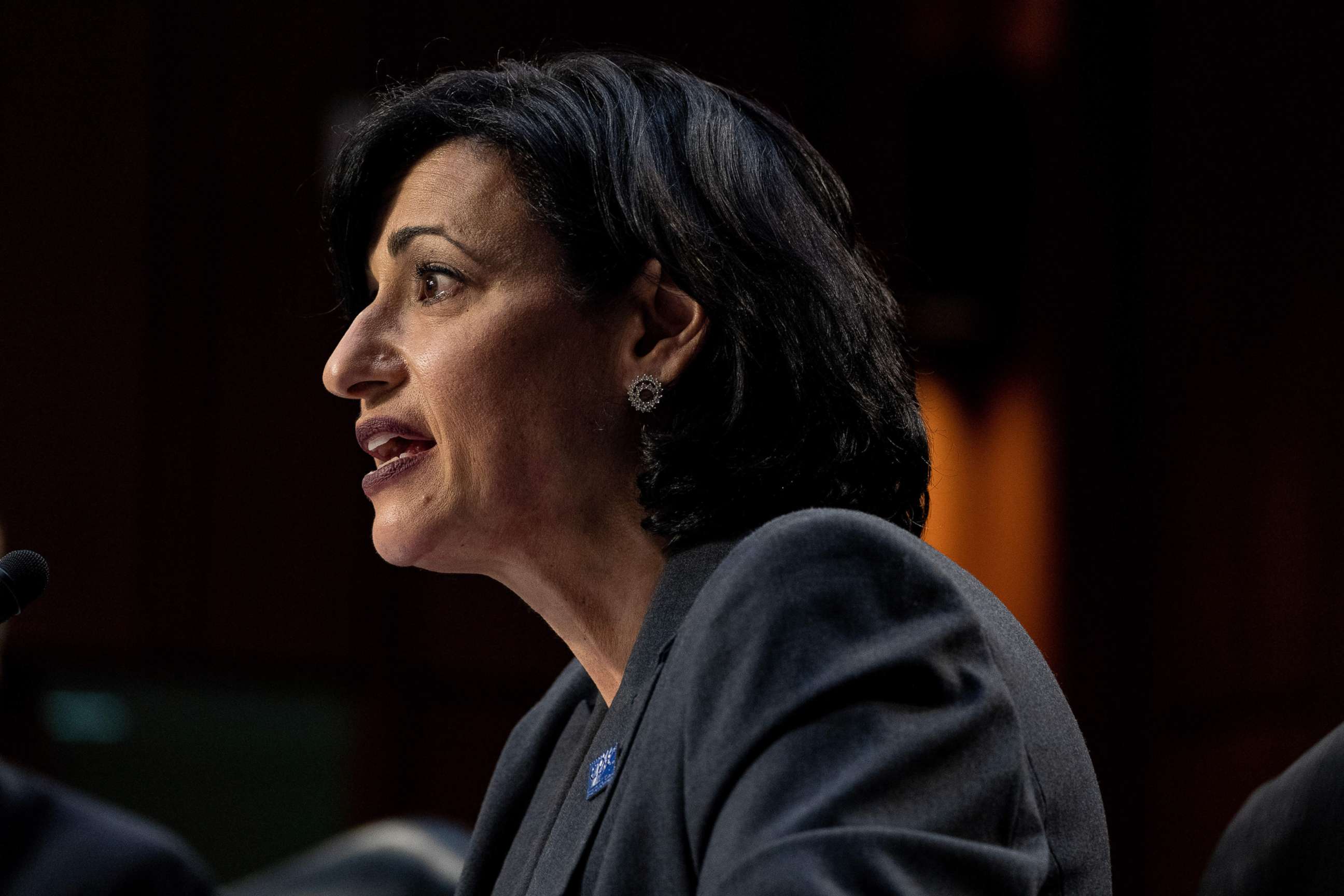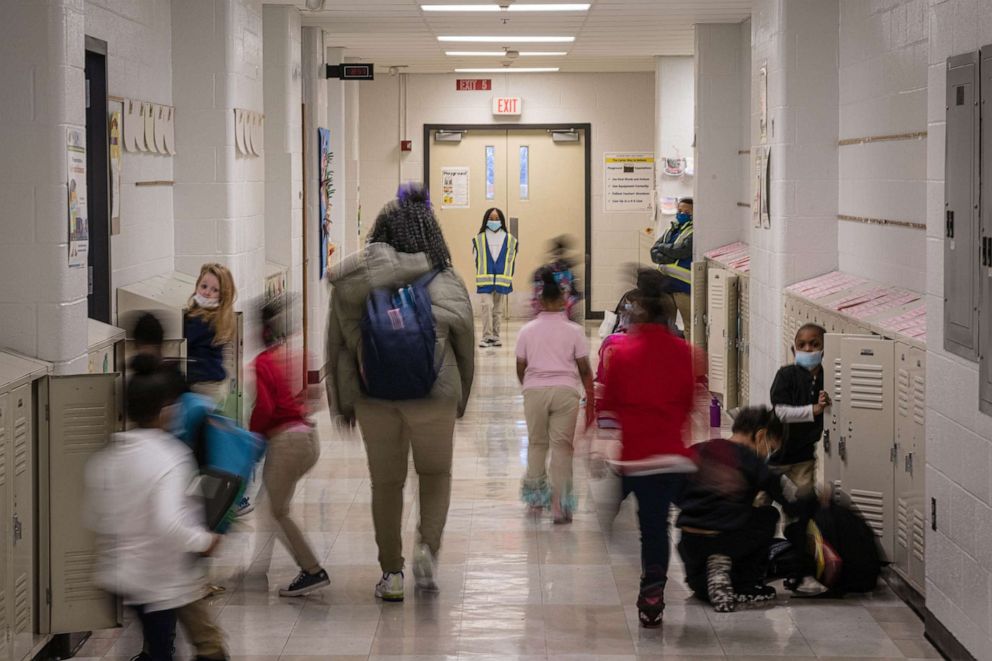CDC eases masking recommendations for 70% of country, including inside schools
The majority of the country would now be considered low-to-medium risk.
More than 70% of Americans should be able to remove their masks indoors, including inside schools, under new metrics outlined Friday the Centers for Disease Control and Prevention that represent a seismic shift in how the public health agency plans to measure COVID-19 risk.
Under the new metrics, more than half of U.S. counties, which make up about three-fourths of where Americans live, are now considered to be at "low" or "medium" risk because of a reduced number of new COVID-19 hospitalizations and adequate hospital space. Accordingly, the CDC would no longer recommend that these communities insist on indoor masking.
In a press call with reporters, CDC Director Rochelle Walensky cautioned that COVID was unpredictable and that these conditions could change that put hospitals at risk of once again being overloaded.
"None of us know what the future holds for us and for this virus," Walensky said. "And we need to be prepared and we need to be ready for whatever comes next. We want to give people a break from things like mask wearing when our levels are low, and then have the ability to reach for them again if things get worse in the future."
While the updated guidance drops the recommendation of universal masking in schools, the CDC said it is still reviewing a federal requirement that individuals wear masks on public transportation, including on airplanes. Walensky said that a review of that requirement is ongoing and a decision will be made in the weeks ahead.
The new recommendations are a major change in how the federal government is approaching pandemic guidance. Under previous rules, the CDC primarily considered COVID-19 case counts to determine risk. And because case counts remained high, the public health agency had stuck to its recommendation of indoor masking, including inside schools.
But that approach didn't take into account that vaccinations are now widely available to people over age 5 and that most vaccinated people who tested positive during the omicron and delta waves experienced mostly mild symptoms that did not require hospitalization. The omicron wave, which infected a vast majority of the country, also boosted the nation's immunity from prior infection for the timebeing.

Accordingly, the CDC now says individuals at high-risk of COVID-19 complications should consider taking precautions, such as avoiding crowds and wearing a high-quality mask. But for local health officials and school boards, the CDC suggests a community consider three factors: new COVID-19 hospitalizations; hospital capacity; and new COVID-19 cases. Taken together, an area to be "high," "medium" or "low" risk.
Based on that risk level, which could fluctuate, a community could opt to remove mask recommendations indoors or pull back on other mitigation measures, such as surveillance testing. If those risk factors climbed, putting a community at "high" risk, the CDC recommends that a community urges its residents to return to masks and step up other precautions.
The CDC guidance is an acknowledgement that hospitalization rates in recent weeks have fallen dramatically and that highly vaccinated communities would be able to withstand an uptick in cases without overwhelming their local hospital systems.
When asked why it dropped its universal masking recommendation for schools, the CDC said the lower risk of serious COVID-19 illness in kids was a factor.
"We know that also because children are relatively at lower risk from severe illness that schools can be safe places for children. And so for that reason, we're recommending that schools use the same guidance that we are recommending in general community settings, which is that we're recommending people where a mask in high levels of COVID-19" risk, said Dr. Greta Massetti, a senior CDC official.
The new guidance recommends that people who are at high-risk of COVID-19 complications should talk to their doctor about how to stay safe in a community that might have moderate risk levels. CDC has previously recommended wearing a high-quality mask, such as a tight-fitting N95 version and avoiding areas with low vaccination levels.
"People who wear a high-quality mask are well-protected, even if others around you are not masking," Massetti said.

She also noted that people who have tested positive for COVID-19 or been exposed to it should continue to mask, regardless of what risk-level their community has.
The updated guidance comes after weeks of pressure from governors and state officials who asked for a clear roadmap at the national level.
Most states either don't have a statewide mask mandate in place or have announced plans to drop their mandates soon. Still, the new benchmarks could be used by local leaders, school boards and public health officials who are facing vastly different versions of the pandemic even within the same state.
The guidance also is intended to give local officials a roadmap to re-imposing restrictions if another variant pops up, which health experts warn is a possibility.
Dave Packer reports for ABC Audio:




